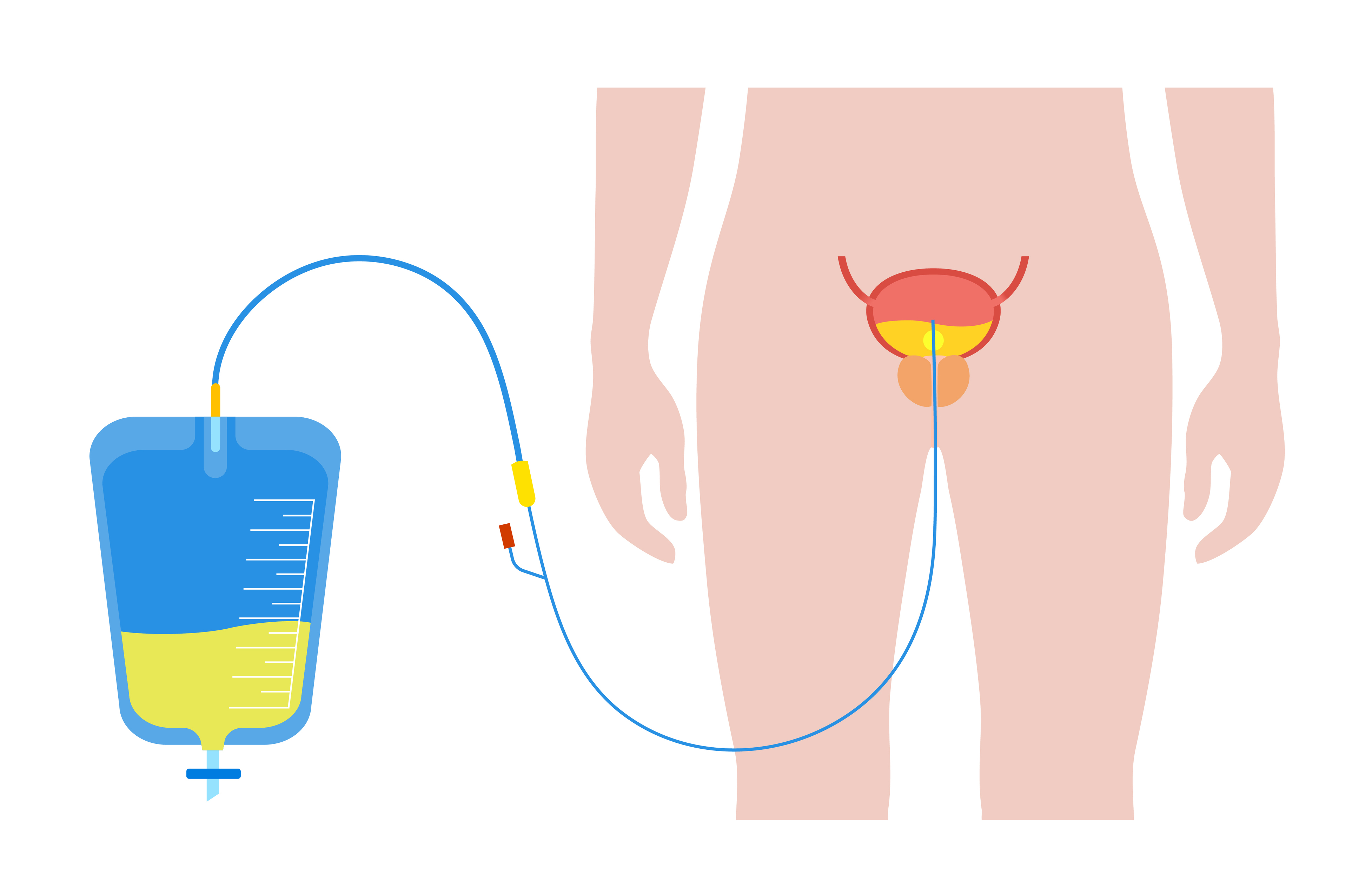High Dose Rate Brachytherapy
A type of internal radiotherapy that involves placing thin tubes into the prostate gland.
Brachytherapy is a type of radiotherapy. It is given from inside of the body. There are two types of brachytherapy:
Watch our short video to learn more about high dose rate brachytherapy. This animation was adapted in collaboration with Elekta.
© Elekta All rights reserved. Elekta is independent from Prostate Cancer Research.

You can have brachytherapy if your prostate cancer:


 Take some pills called Tamsulosin before and after the brachytherapy. This helps you to pee.
Take some pills called Tamsulosin before and after the brachytherapy. This helps you to pee. pee. This is called a urinary catheter. This will be taken out before you go home.
pee. This is called a urinary catheter. This will be taken out before you go home.
 done using general anaesthetic. This means that you will be asleep.
done using general anaesthetic. This means that you will be asleep.
Elekta is a radiation equipment manufacturer. They have a resource website that is all about brachytherapy. It offers views from patients and from healthcare professionals.
Our services search tool will allow you to search for hospitals near you that offer high dose rate brachytherapy.
Listen to trainee consultant therapeutic radiographer Sam and prostate cancer patient Ian as they discuss Ian's treatment with brachytherapy.

If you are having brachytherapy alongside another treatment, for example, external beam radiotherapy, you may be more likely to have symptoms.
These side effects may last six-to-12 months after your brachytherapy.
If you are having brachytherapy alongside another treatment, for example, external beam radiotherapy, you may be more likely to have symptoms.
Enjoying activities such as walking or going out to the pub
70 out of 100
Ability to make good connections with others
45 out of 100
Ability to reach sexual arousal, either physically or emotionally
70 out of 100
Knowing who you are and what motivates you
55 out of 100
Feeling good and functioning well in your personal and professional life
70 out of 100
Ability to think clearly, make good decisions, and cope with your emotions
61 out of 100
Feeling of constant physical and/or mental tiredness or weakness
79 out of 100